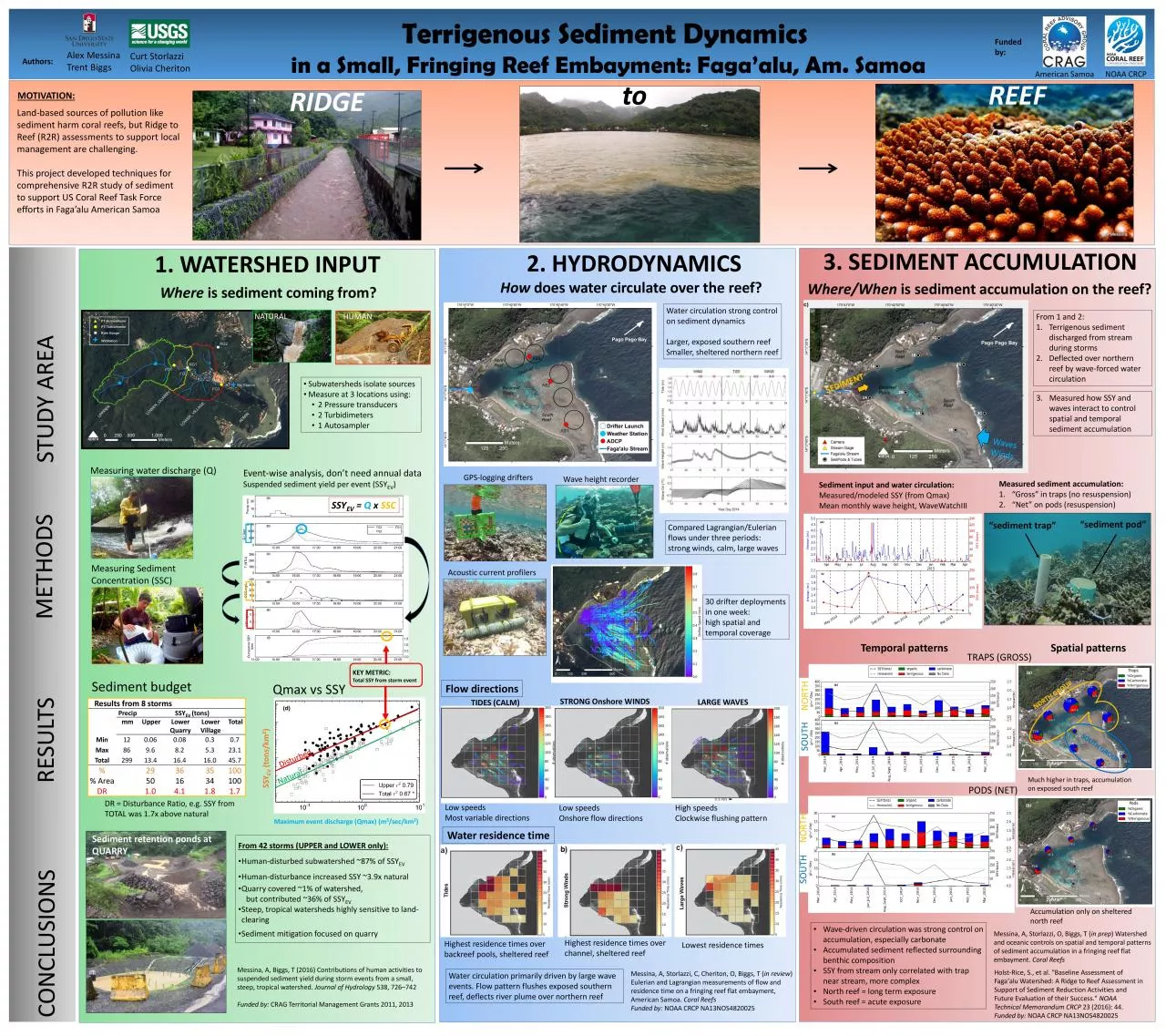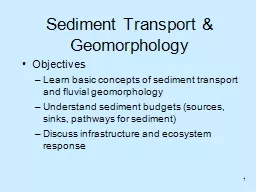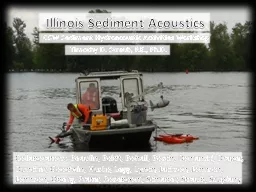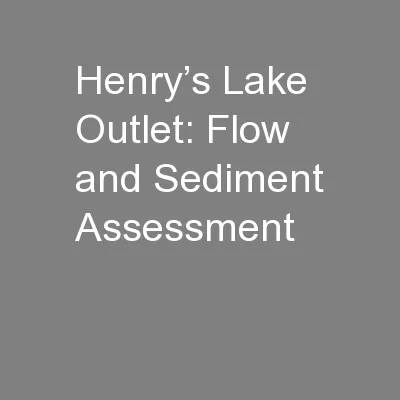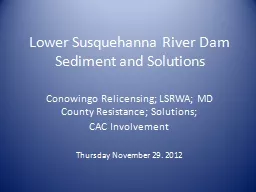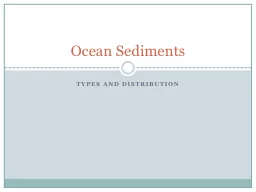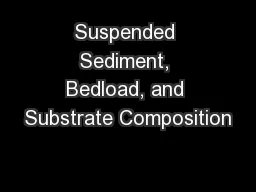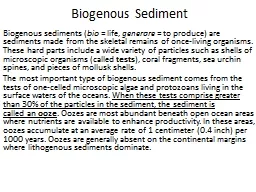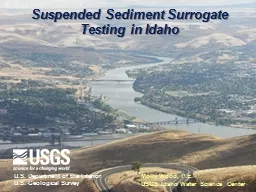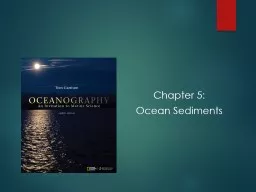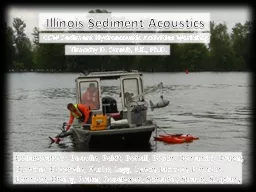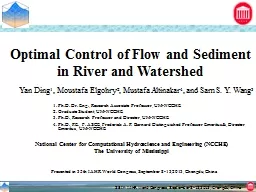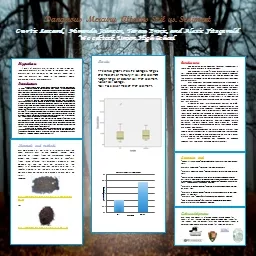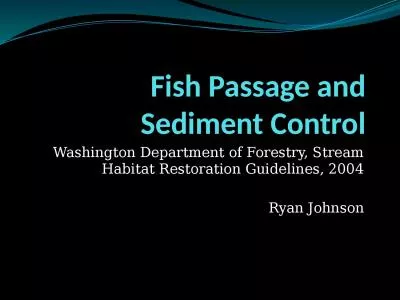PDF-Terrigenous Sediment Dynamics
Author : genevieve | Published Date : 2021-08-06
in a Small Fringing Reef EmNayment Fagaalu Am Samoa1 WATERSHED INPUT2 HYDRODYNAMICS3 SEDIMENT ACCUMULATIONRIDGEto REEFSTUDY AREAWhereis sediment coming from Howdoes
Presentation Embed Code
Download Presentation
Download Presentation The PPT/PDF document "Terrigenous Sediment Dynamics" is the property of its rightful owner. Permission is granted to download and print the materials on this website for personal, non-commercial use only, and to display it on your personal computer provided you do not modify the materials and that you retain all copyright notices contained in the materials. By downloading content from our website, you accept the terms of this agreement.
Terrigenous Sediment Dynamics: Transcript
Download Rules Of Document
"Terrigenous Sediment Dynamics"The content belongs to its owner. You may download and print it for personal use, without modification, and keep all copyright notices. By downloading, you agree to these terms.
Related Documents

